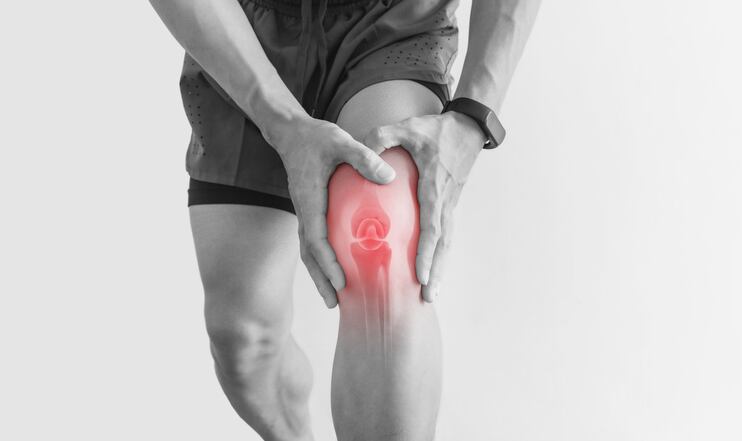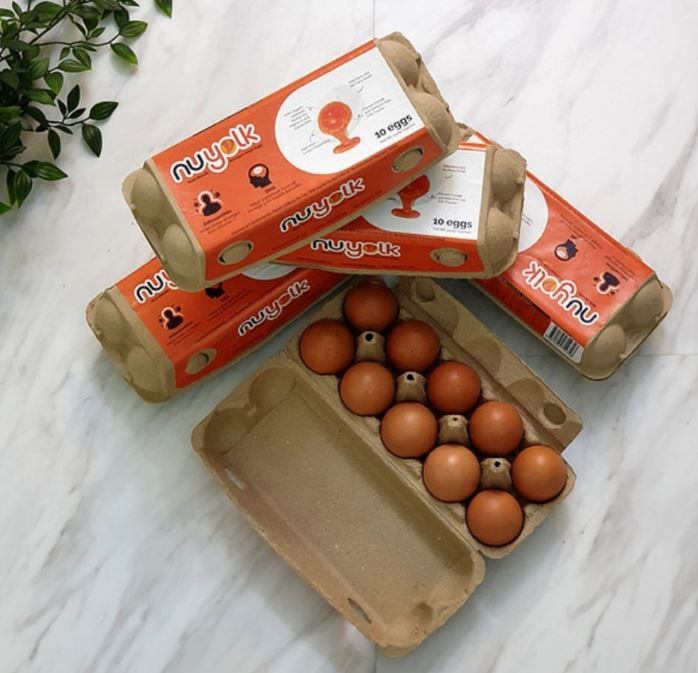PEA is an endocannabinoid-like lipid mediator commonly isolated from soybeans, peanuts, and egg yolks.
Shown to be well-tolerated by the body, it has been used as a therapeutic ingredient in the area of immunity, brain, joint health, pain modulation, sleep and recovery.
Writing in the International Journal of Molecular Sciences, researchers from Hong Kong and the UK shown in a new review that the ingredient, with its multiple therapeutic benefits, could be used as an important dietary supplement for lifestyle management.
Assessing evidence from existing scientific studies, they highlighted PEA’s benefits in several areas, including relieving migraine, joint pain, improving neuro functions, and reducing inflammation.
PEA and pain
In the area of pain management, the researchers cited studies showing PEA’s ability in reliving migraine and menstrual cramps. In fact, it is said to be a better alternative than non-steroidal anti-inflammatory drugs (NSAIDs), as it is safer in comparison.
Human studies have been conducted on individuals suffering from both migraine without aura and migraine with aura. The latter happens when there are specific warning signs just before the migraine begins, such as seeing flashing lights).
A study conducted by Dalla Volta et al showed that the sublingual administration of 600mg ultra-micronised PEA twice a day for three months had led to a reduction in headache frequency, duration, and intensity.
There was also a reduction in the number of pain relief medicines taken per month in patients with migraine without aura.
Another study involving patients suffering from migraine with aura showed that the combination of NSAIDs and 1200mg/day of ultra-micronised PEA had led to a significant reduction in pain.
The study, conducted by Chirchiglia et al, also showed that a reduction in the number of attacks per month and days of pain during each attack.
The researchers said these findings indicated a potential use of PEA as a migraine prophylactic and a possible treatment for tension-type headaches.
“Though NSAIDs are commonly used in the management of primary headache pain and primary dysmenorrhea (menstrual cramps), their adverse effect profiles are a concern and their chronic use may cause paradoxical overuse headache.
“PEA is devoid of safety concerns and offers a more physiological alternative, especially for chronic and/or recurrent pain related to these two conditions.
“It may also be safely used as an add-on, as there are no known interactions, and prophylactically, which would be expected to reduce the risk of central sensitization,” said the researchers.
PEA and joint health
In the area of joint health, the researchers said PEA could be “an interesting candidate for the first line treatment of joint pain”.
Citing a study by Marini et al, they said that PEA was more effective than ibuprofen in relieving pain due to temporomandibular joint (TMJ) osteoarthritis.
Another eight-week placebo-controlled trial by Steels et al showed a dose-dependent improvement in joint pain, stiffness, and function in knee osteoarthritis patients who took a high-bioavailable form of PEA.
By the end of the eight-week study, joint pain was reduced by 40 per cent in those who took 300mg of PEA per day and by 49.5 per cent who took 600 mg of PEA.
There was also a significantly reduced use of rescue medication.
PEA and brain health
PEA has been shown to improve cognitive health in patients with stroke or major depressive disorder (MDD).
Using a co-ultra-micronised composite containing 700mg PEA and 70 mg of the flavonoid luteolin, stroke patients who were also receiving standard rehabilitation therapy had shown improvement in their degree of spasticity, pain, and independence.
The study was conducted by Caltagirone et al.
In patients with MDD, supplementing 600mg of PEA in addition to the antidepressant citalopram for six weeks twice daily had significantly improved depressive scores and symptoms as compared to the placebo group, said findings from Ghazizadeh-Hashemi et al.
The benefits are due to PEA’s function in enhancing neurogenesis – which is the process by which new nerve cells are formed in the brain – as well as its role in facilitating synaptic plasticity – the effectiveness of communication between two nerve cells.
As PEA also modulates gut health, the researchers believe it could also have impacted cognitive health via the gut-brain axis.
“PEA’s ability to target neuro-inflammation, pain, depression, anxiety, and at the same time, support neurogenesis and synaptic pruning makes it a viable therapeutic aid for brain disorders,” said the researchers.
PEA and inflammation
As for other conditions such as inflammation and muscle/exercise recovery, the researchers said there would be a need for further studies to confirm PEA’s benefits.
At the moment, there is only one clinical trial which has assessed the impact of PEA on recovery from muscle-damaging exercise.
There is also a multinational, multicentre study conducted by Eberlien et al on atopic eczema, which showed that the topical application of a cream with a unique lamellar matrix containing PEA had significantly reduced intensities of skin redness, itch, skin picking urge, scaling, thickening of skin, and dryness.
Bioavailability challenges
Known for poor oral bioavailability, the researchers said that that has been overcome by advanced delivery systems used in food supplements.
An example is LipiSperse by Pharmako Biotechnologies. The technology has also showed to improve the bioavailability of other low bioavailable ingredients, such as trans-resveratrol and curcuminoids.
Source: International Journal of Molecular Sciences
Palmitoylethanolamide: A Natural Compound for Health Management
https://doi.org/10.3390/ijms22105305
Authors: Clayton, P.; Hill, M.; Bogoda, N.; Subah, S.; Venkatesh, R.





